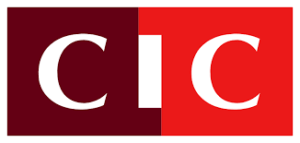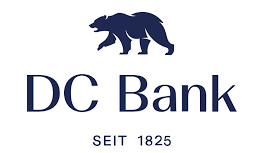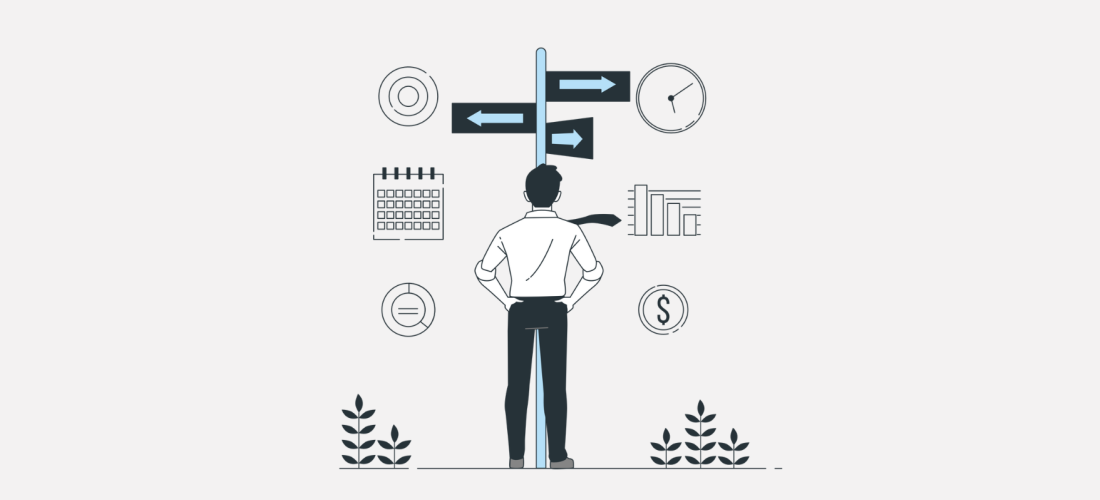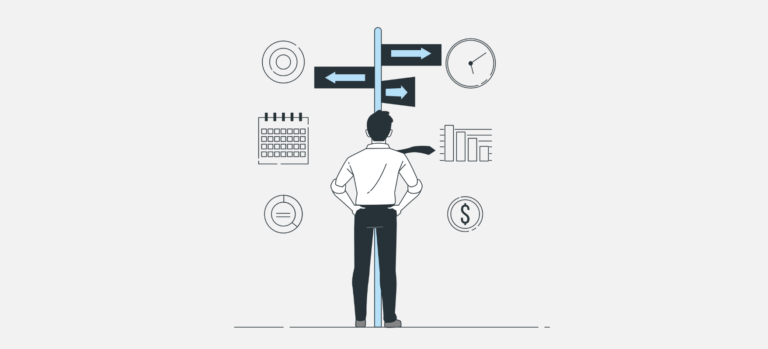What types of 3rd pillar plans are available?
3rd pillar A
The pillar 3a comes in two main forms: the bank-based pillar 3a and the insurance-based pillar 3a. With a bank, you can choose a 3a savings account with a fixed rate—safe but low-yielding—or invest in pillar 3a pension funds, which are stock market-based and offer higher return potential, but without capital guarantees.
On the insurance side, pillar 3a takes the form of mixed life insurance policies, which combine savings with coverage in case of death or loss of earning capacity. There are also fund-linked options to benefit from market returns, as well as flexible models that can be customized with various protection modules. Each option has its advantages depending on the policyholder’s profile, investment horizon, and goals.
3rd pillar B
The 3rd pillar B is part of what's known as flexible individual pension planning, unlike the 3rd pillar A, which is tied to strict tax and withdrawal conditions. Pillar 3B includes all savings or insurance products not governed by the specific legislation of pillar 3A—such as free-form life insurance, savings accounts, securities deposits, etc. It has no contribution limits, is not restricted to Swiss residents, and can be terminated at any time.
Unlike Pillar 3A, the tax benefits of the 3rd Pillar B are very limited and depend on the canton.
Contribution limits
In 2025, it will be possible to pay out the following amounts in tied personal pension plans:
- Employee affiliated to a pension fund: Up to CHF 7,258 / year
- Self-employed or employee not affiliated to a pension fund: 20% of income, maximum CHF 36,288
Comparison of 3rd pillar A accounts
The bank-based 3rd pillar A account is a form of tied pension provision in which assets are held in a blocked savings account, subject to an interest rate set by the financial institution. This type of account doesn’t offer high returns but ensures capital security and strong stability. It’s often used to hold assets over the short or medium term, particularly in anticipation of early withdrawal (such as for purchasing a home or becoming self-employed).
Conditions vary from bank to bank, particularly in terms of interest rates, online services and administrative flexibility. The table below compares the offers available in 2025.
- Service provider
- Product
- Interest rates May 2025

Crédit Agricole Next Bank Epargne 3a
1.05%

Allianz Flex Saving


Cornèr Bank Cornèr3
0.8%





Bank CIC (Schweiz) AG 3a


TrueWealth 3a retirement savings account
0.55%

0.5%
Appenzeller Kantonalbank Savings 3
0.5%

0.5%
0.5%

0.5%

Clientis Sparcassa 1816 Pension account 3a
0.5%

0.5%

0.5%
Banque Cantonale Neuchâteloise Savings account 3
0.45%

Banca dello Stato del Cantone Ticino Savings account 3
0.40%
0.40%

Banque Cantonale Valais 3rd Pillar Savings Account
0.40%

0.40%

0.40%
0.40%

0.40%
Obwaldner Kantonalbank 3a retirement savings account
0.40%

0.40%

Credit Suisse Pension 3a


0.30%
0.30%

Bank Avera PRIVOR third pillar pension account
0.30%
0.30%

Banque cantonale du Jura Epargne 3
0.30%

0.30%

Glarner Kantonalbank 3a retirement savings account
0.30%

Luzerner Kantonalbank 3a retirement savings account
0.30%

0.30%
Schaffhauser Kantonalbank 3a retirement savings account
0.30%

St. Galler Kantonalbank Savings account 3
0.30%

Schwyzer Kantonalbank Savings account 3
0.30%

Thurgauer Kantonalbank Savings account 3
0.30%
0.30%

0.30%

Spar+Leihkasse Münsingen Privor Pillar 3a pension plan
0.30%

0.25%

Hypothekarbank Lenzburg 3a retirement savings account
0.25%

Swissquote 3a EASY
0.25%

0.25%

Zürcher Kantonalbank Savings account 3
0.25%
0.20%

Zuger Kantonalbank Savings account 3
0.20%

Banque Cantonale Genève Savings account 3

Banque du Léman Point FiscaLéman Interest-bearing account
0.10%
What's the best 3a account?
Interest rates on 3a retirement savings accounts vary significantly from institution to institution, ranging from 1.05 % at Crédit Agricole Next Bank for only 0.10 % at Banque du Léman. This difference will have a significant impact on long-term savings.
Beyond the interest rate, it’s essential to consider other factors, such as administrative flexibility and especially early withdrawal fees, which can reach up to CHF 500 depending on the bank. These fees are often overlooked but can significantly reduce the effective return in the case of a short-term withdrawal.
3a pension fund comparison
Conservative profile
- Fund
- TER%
- Actions%
- Management
- Perf. 3 years
- Perf. 5 years
- Perf. 10 years
Descartes Index 20
0.40%
20%
Passive
5.09%
0.97%
2.41%
Zurich Invest II - Target Investment Fund 25 C
25%
Active
-0.02%
2.32%
–
Migros Bank (CH) Fonds 25 V
0.93%
25%
Active
-0.02%
2.32%
–
Swiss Life Investment Foundation BVG-Mix 25
0.59%
25%
Active
UBS AST BVG-25 Aktiv Plus I-A1
25%
Active
15%
Active
1.74%
BEKB Strategiefonds Nachhaltig 20
1.18%
20%
Active
1.5%
–
1.13%
25%
Active
1.28%
1.74%
1.32%
Pax (CH) Sustainable Portfolio 25 ALV T
1.06%
25%
Active
1.86%
3.03%
1.69%
Balanced profile
- Fund
- TER%
- Actions%
- Management
- Perf. 3 years
- Perf. 5 years
- Perf. 10 years
Swisscanto (CH) IPF III Vorsorge Fonds 45 Passiv
0.04%
45%
Passive
5.67%
–
40%
Active
–
BCVs / WKB (CH) flex Pension 65 IP
0.95%
45%
Passive
5.67%
–
Swiss Life Investment Foundation BVG-Mix 45
0.59%
45%
Active
4.65%
40%
Passive
1.88%
–
Baloise LPP-Mix 40 Plus
40%
Active
1.40%
45%
Active
1.20%
50%
Active
3.54%
2.76%
1.09%
50%
Active
2.28%
6.17%
3.70%
Aggressive profile
- Fund
- TER%
- Actions%
- Management
- Perf. 3 years
- Perf. 5 years
- Perf. 10 years
Swisscanto (CH) IPF III Vorsorge Fonds 95 Passiv
0.40%
95%
Passive
11.09%
–
AXA (CH) Strategy Fund - Global Equity
0.16%
95%
Passive
4.21%
12.61%
–
Generali Multi Index 100
0.26%
100%
Passive
3.9%
11.7%
–
Helvetia Allegra 85 R1
1.03%
85%
Active
6.66%
–
75%
Active
–
75%
Active
–
PF Pension - ESG 100 Fund
1.27%
100%
Active
3.27%
–
1.30%
100%
Active
2.83%
9.90%
5.67%
AXA (CH) Strategy Fund Swiss Equity
0.39%
100%
Active
1.71%
8.51%
–
AXA (CH) Strategy Fund Sustainable Equity
0.26%
100%
Active
1.80%
9.97%
–
What should I bear in mind when choosing a 3a fund?
Investment horizon
Pillar 3a is a long-term investment. The more time you have before retirement, the more risk you can afford to take—especially by investing in funds with a high equity allocation.
The general rule is: the farther you are from retirement, the higher your equity allocation should be. As you approach retirement (within 5–10 years), your strategy should be adjusted, and the equity portion reduced to minimize risk. On the other hand, if you plan to withdraw funds within the next 5 years, it’s advisable to place that money in a 3a pension savings account.
Management type
Passive funds replicate an index (such as the SMI, for example) and are generally low-cost. They are well suited for a long-term strategy with reduced fees.
Active funds, on the other hand, aim to outperform the market through active stock selection. Some have succeeded in generating superior performance over 3 to 5 years, but they come with higher fees. However, despite occasional successes, the majority of active funds fail to consistently beat the market after fees are taken into account.
Fees
Fees directly reduce the performance of your savings. The best passive funds have TERs of around 0.4%while some active funds exceed 1%.
But the TER isn’t the only fee indicator. Indeed, some funds show a very low TER, but this doesn’t always reflect the actual cost borne by the investor. The TER includes only the internal fund expenses, such as portfolio management and administration. However, additional fees may apply outside of the TER, including platform fees, external management fees, or commissions related to insurance products, which can be even higher than the TER.
So, even if the TER seems low (e.g. 0.10%), total fees can exceed 1% per year once all costs are taken into account. So it's essential to look at all costs to assess the true cost of an investment.
Frequently asked questions
Key elements to compare are: fees (TER), investment strategy (passive or active), equity component, payment flexibility, early withdrawal options, and insurance coverage and capital guarantee (if applicable).
Your choice should reflect your investment horizon, your risk tolerance and your possible need for insurance (death/disability risks).
The bank-based 3rd pillar focuses on pure savings and investment, offering great flexibility. The insurance-based 3rd pillar combines savings with risk coverage and guaranteed capital.
The choice between a 3a in a bank or insurance will therefore depend on your profile and goals.
The short-term risk is higher, but over a longer long horizon (15 to 30 years), equity funds have historically generated superior returns. Younger investors are therefore often advised to opt for a more dynamic allocation, provided they can accept temporary fluctuations.
With a high equity allocation, you face a significant risk of capital loss in the event of a stock market crash.
Yes, it is even recommended. It allows you to stagger withdrawals at retirement (to limit the progressive impact of taxes), diversify fund managers, and tailor strategies according to your goals. The law permits multiple accounts, as long as the total contributions stay within the annual contribution limit.
Equity funds (especially index funds or ETFs) are ideal for a long-term horizon, as they offer the best return potential. For conservative profiles or those nearing retirement, mixed or bond funds are more suitable. The choice depends on the level of risk you’re willing to take and the time remaining until retirement.





